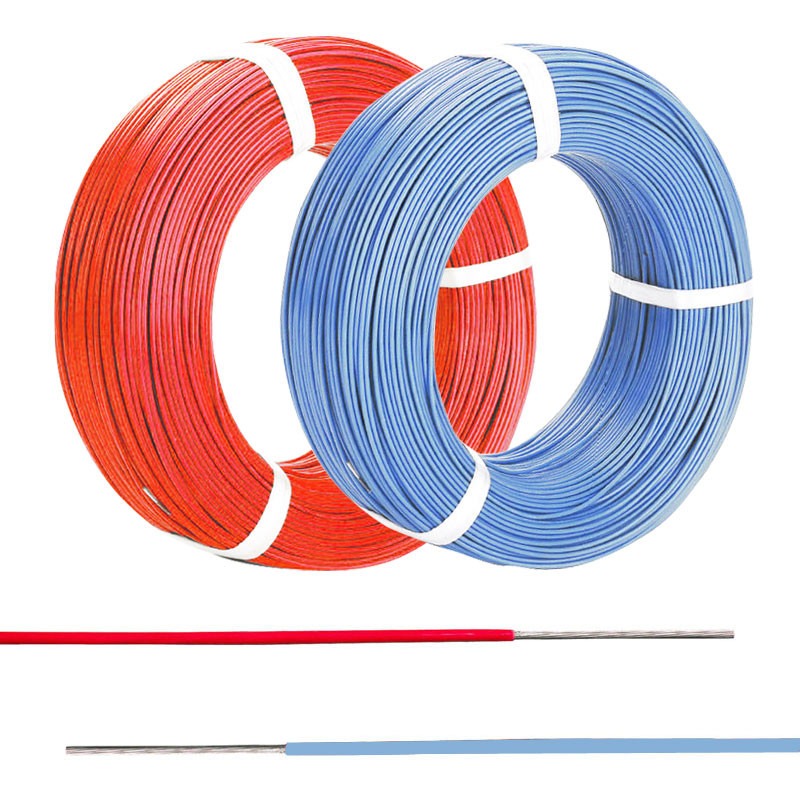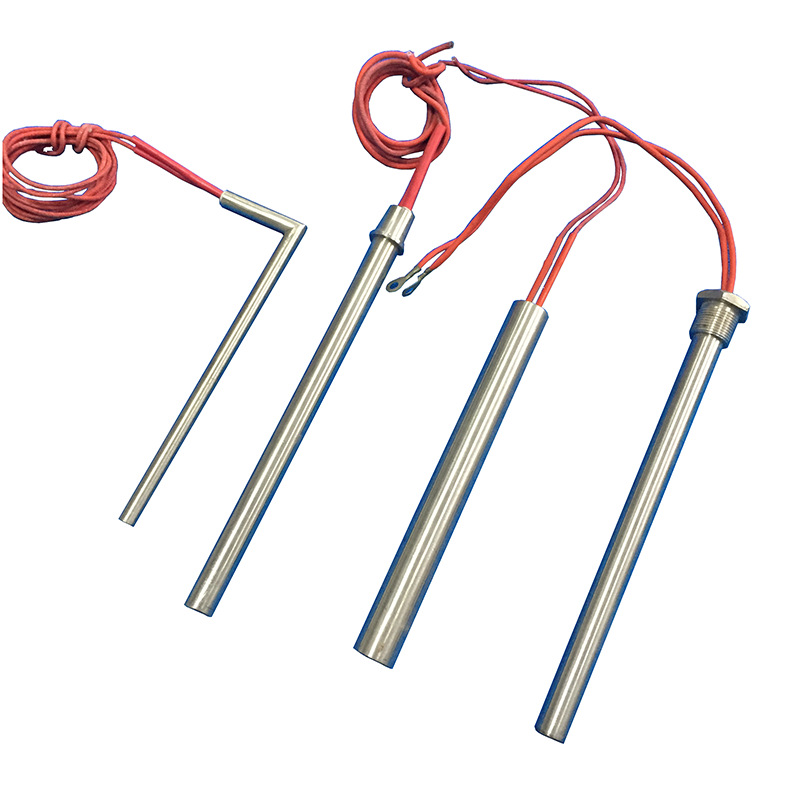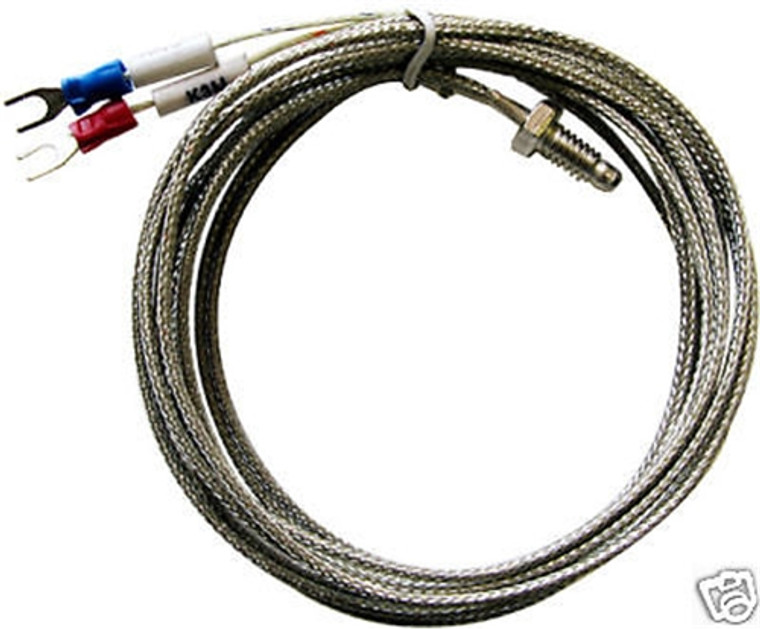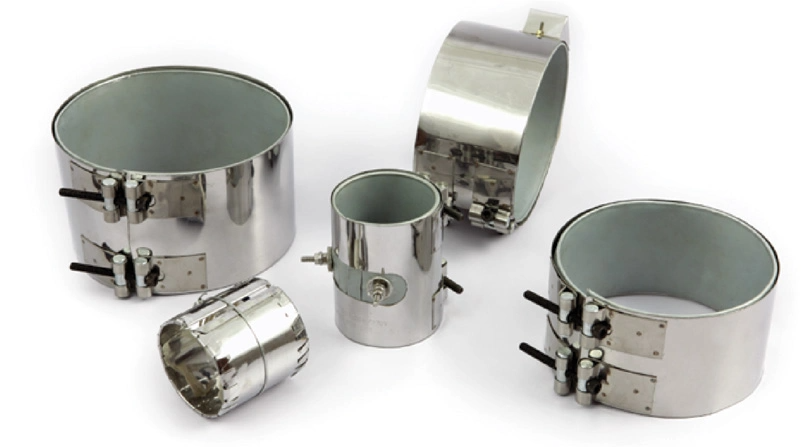Maintaining a consistent temperature inside a greenhouse is the backbone of healthy crop production, especially during colder months. One proven solution growers rely on is the electric tubular heater. These compact, energy-efficient devices offer targeted heating without consuming excess power or space.
A proper heating strategy can be the difference between healthy growth and plant loss. Here’s a straightforward breakdown of how to use an electric tubular heater effectively for your greenhouse.
Why Choose an Electric Tubular Heater?
An electric tubular heater is designed to provide localized, low-wattage radiant heat. It helps prevent cold spots, dampness, and frost damage, which are common threats in greenhouses.
Advantages include:
- Energy Efficiency: Low running costs compared to fan or oil heaters.
- Moisture Control: Reduces condensation, protecting roots and stems.
- Safety: Built-in thermal protection reduces fire risk.
- Silent Operation: No mechanical parts or fans mean zero noise.
- Even Heat Distribution: Ideal for lining along walls or benches.
Choosing the Right Size and Wattage
Before installation, match the heater size to your greenhouse’s dimensions and insulation level.
General guidelines:
- Small Greenhouses (4-6 ft²): 60W to 120W models.
- Medium Greenhouses (6-10 ft²): 120W to 180W.
- Larger Spaces: Multiple heaters or higher wattage units (up to 240W).
Make sure the combined wattage aligns with your target temperature. A well-insulated greenhouse typically requires 40-60 watts per square meter to maintain a 5-7°C increase above outdoor temperatures.
Installation Tips for Maximum Efficiency
Placement matters. Incorrect setup can lead to uneven heating or power waste.
Best practices:
- Mount horizontally along the base of walls, not upright.
- Keep a 3-4 inch clearance from surfaces to allow air circulation.
- Avoid blocking with pots, trays, or equipment.
- Use brackets or wall clips included with most models for safety.
Pair the heater with a plug-in thermostat controller. It automates temperature management and avoids overheating.
Optimizing Energy Use
You don’t need 24/7 operation. Smart usage saves energy and extends heater life.
Key strategies:
- Nighttime Heating: Run heaters when temperatures drop.
- Thermostat Settings: Aim for 7–12°C for overwintering plants.
- Zone Heating: Target sensitive areas instead of whole-space heating.
- Timers: Use digital timers to automate ON/OFF cycles.
Maintenance and Safety Guidelines
Regular checks ensure safe, long-term performance.
Checklist:
- Wipe heaters monthly to remove dust and debris.
- Inspect cords and plugs for wear or damage.
- Check for corrosion on brackets or fittings.
- Don’t cover the heater—this can cause overheating.
- Test thermostats periodically to confirm accuracy.
Follow manufacturer guidelines for safe operation, especially when working around water. Many electric tubular heater models are IP-rated for moist environments, but don’t assume waterproofing.
When to Replace or Upgrade
Over time, performance can drop due to internal element fatigue or corrosion. If you notice inconsistent temperatures or visible damage, consider a replacement. Modern heaters often come with built-in thermostats, better heat dispersion, and more accurate controls.
Final Thoughts
Installing an electric tubular heater is one of the most effective ways to protect your greenhouse plants from cold damage. With the right size, setup, and safety checks, it delivers stable, quiet, and low-cost warmth that supports strong plant growth. Prioritize strategic placement and smart energy usage to get the most out of your investment.














